The 8171 Ehsaas Program is designed to provide financial aid to deserving families, but fake messages and scams have become a serious issue in 2025. Fraudsters are using SMS and WhatsApp messages pretending to be from the 8171 portal, tricking people into sharing personal information or paying fake fees. This article explains how to identify fake messages, report them, and keep your financial data safe.
What Are 8171 Fake Messages?
Scammers send fake SMS messages claiming you have received Ehsaas Program or BISP payments. These messages often include fake links or phone numbers asking for your CNIC details, bank information, or mobile balance. Many victims unknowingly share sensitive details, leading to fraudulent withdrawals or identity misuse.
Example Fake 8171 Messege:
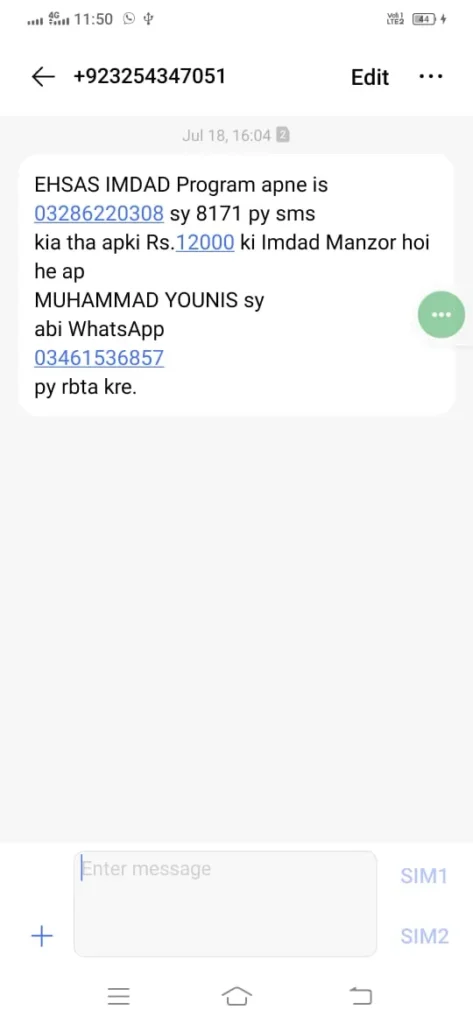
How to Identify Fake 8171 Messages?
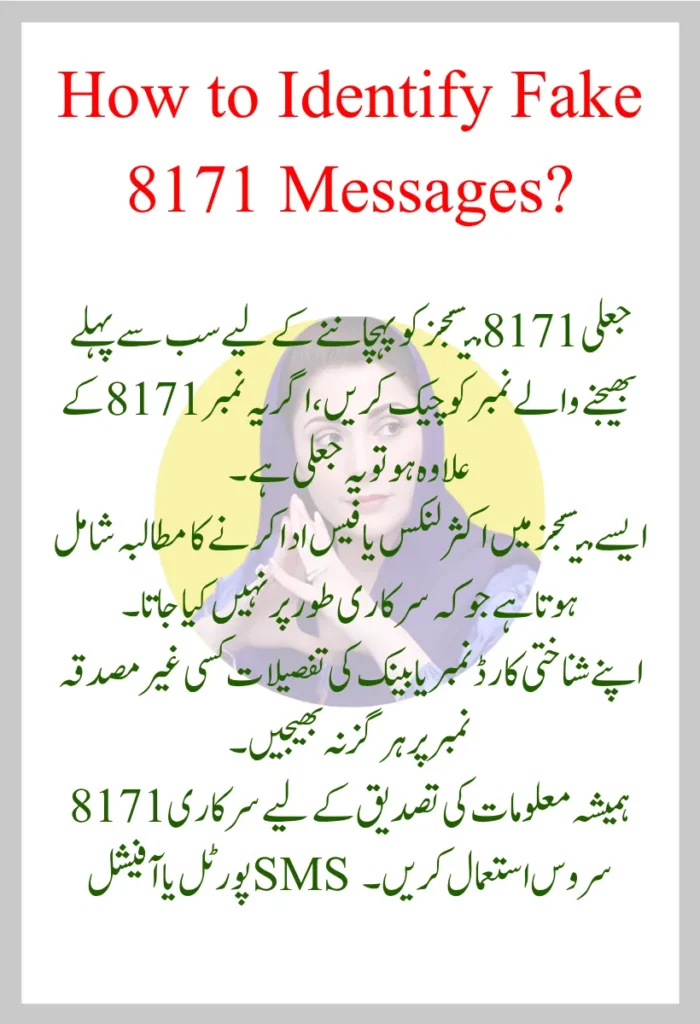
1. Check the Sender Number
Official Ehsaas Program messages are only sent from 8171. If you receive a message from any other number, it is fake.
2. Look for Suspicious Links
Any message containing website links or payment requests is fraudulent. The official 8171 portal does not ask for online payments.
3. Avoid Sharing CNIC on Random Numbers
The government never asks for personal details via WhatsApp or unknown mobile numbers.
4. Use the Official 8171 Portal
For any verification, always use the official 8171 web portal or send your CNIC to 8171 only.
What to Do If You Receive a Fake Message?
- Do not reply or click on any link in the message.
- Report the message to the Pakistan Telecommunication Authority (PTA) by forwarding it to 7726 (SPAM).
- Inform local BISP or Ehsaas office to help create awareness about fraud.
Government Action – August 2025 Update
- PTA & FIA joint action to block scam numbers.
- Awareness campaigns launched on social media and TV.
- Stricter cybercrime laws to penalize fraudsters.
- Dedicated complaint desk for fake SMS and WhatsApp fraud reporting.
Conclusion
Fake messages using the 8171 name are a growing concern, but by staying alert and verifying all messages through the official portal, you can protect your personal and financial information. Always remember: 8171 will never ask for money or bank details via SMS.
FAQs
How can I confirm if my 8171 message is real?
Check if the message came directly from 8171 and verify it using the official portal.
What should I do if I clicked on a fake link?
Immediately change your passwords, contact your bank, and report the fraud to FIA cybercrime wing.
Can Ehsaas Program ask for bank details via SMS?
No, official 8171 messages never ask for bank account or mobile wallet information.
Where can I report fake 8171 messages?
You can report them to PTA by forwarding to 7726 and also inform FIA cybercrime.
Has the government taken action against scammers?
Yes, in August 2025, PTA and FIA launched joint operations and blocked hundreds of scam numbers.
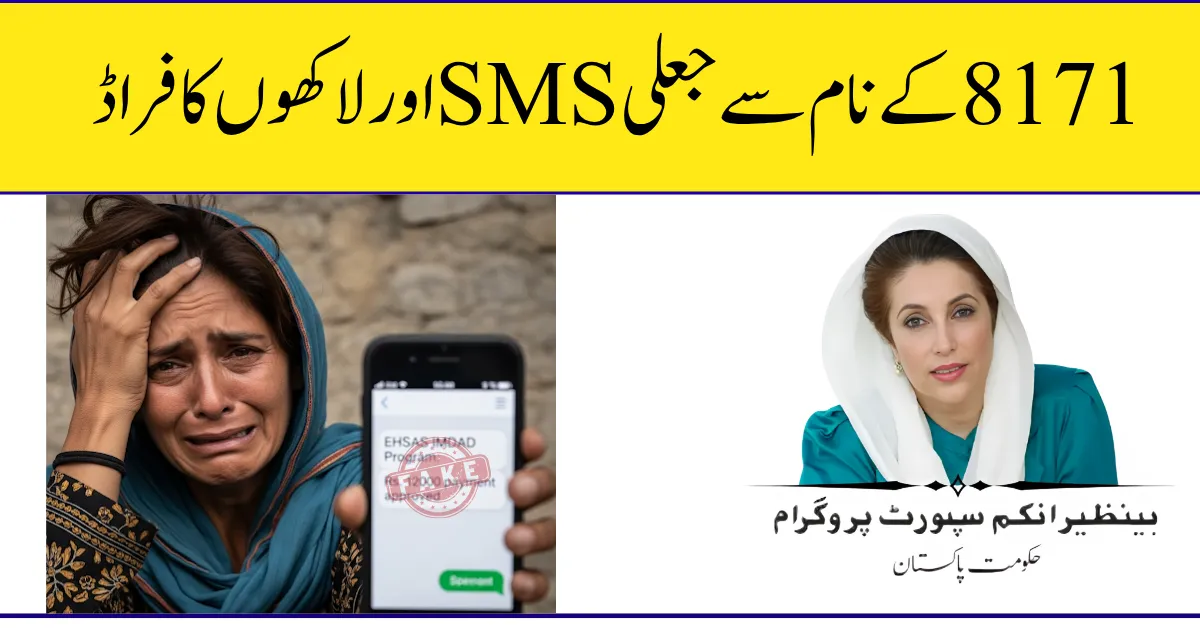
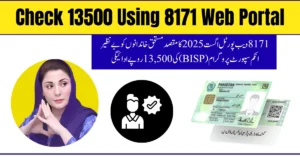
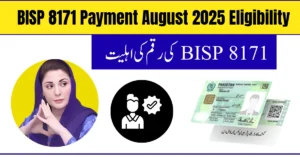
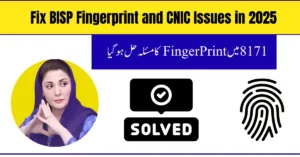
Mariyam Nawaz program